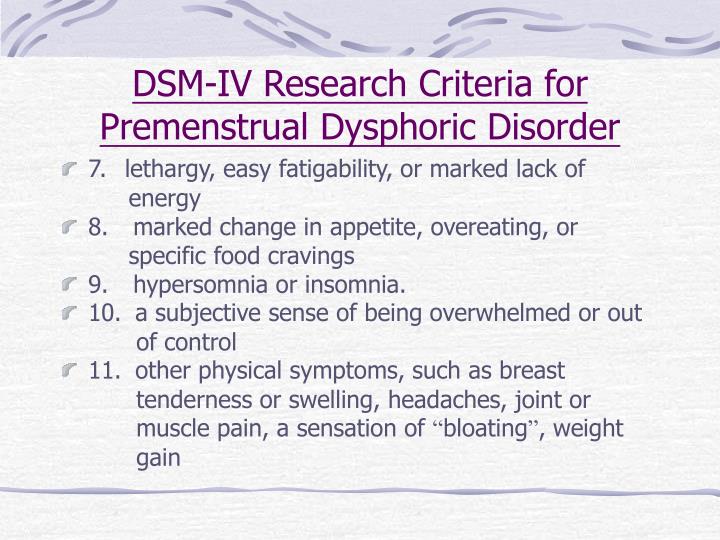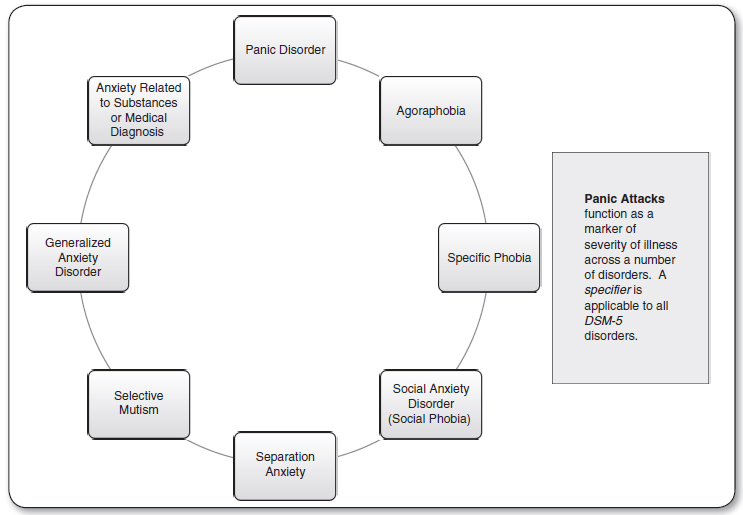
The exposure process generally involves three stages. For example, avoidance of a feared object or situation prevents a person from learning that it is harmless.Ī key element of CBT for anxiety is exposure, in which people confront the things they fear. A major aim of CBT and behavioral therapy is to reduce anxiety by eliminating beliefs or behaviors that help to maintain the anxiety disorder. Social anxiety disorder is often treated effectively with two forms of treatment: psychotherapy and medications.Ĭognitive-behavioral therapy (CBT) is a form of psychotherapy that is very effective in treating severe social anxiety. Most anxiety disorders can be treated successfully by a trained mental healthcare professional. Displaying a rigid body posture, poor eye contact, or speaking too quietlyĪdditionally, the diagnosis can specify whether the anxiety or fear is present only when the person is speaking or performing in public.Blushing, sweating, trembling, experiencing a rapid heart rate, or feeling the “mind going blank”.The physical symptoms of social anxiety disorder include the following: The avoidance, anxious anticipation, or distress interferes significantly with the person's social, academic, or occupational functioning.The fear or anxiety is persistent and typically lasts for six months or longer.The fear or anxiety is out of proportion to the actual threat posed by the social situation.The feared situation is avoided or endured with anxiety and distress.


If left untreated, social phobia can have severe consequences. Social anxiety disorder can be limited to only one type of situation-such as a fear of public speaking-or a person can experience symptoms whenever they are around other people. In addition, they often experience low self-esteem and depression.

They often worry for days or weeks in advance of a dreaded situation. While many people with social anxiety disorder recognize that their fear of being around people may be excessive or unreasonable, they are unable to overcome it. Their fear may be so severe that it interferes with work, school, or other activities. People with social anxiety disorder have a persistent, intense, and chronic fear of being watched and judged by others and of being embarrassed or humiliated by their own actions. Social anxiety disorder, formerly referred to as social phobia, is an anxiety disorder characterized by overwhelming anxiety and excessive self-consciousness in everyday social situations.


 0 kommentar(er)
0 kommentar(er)
